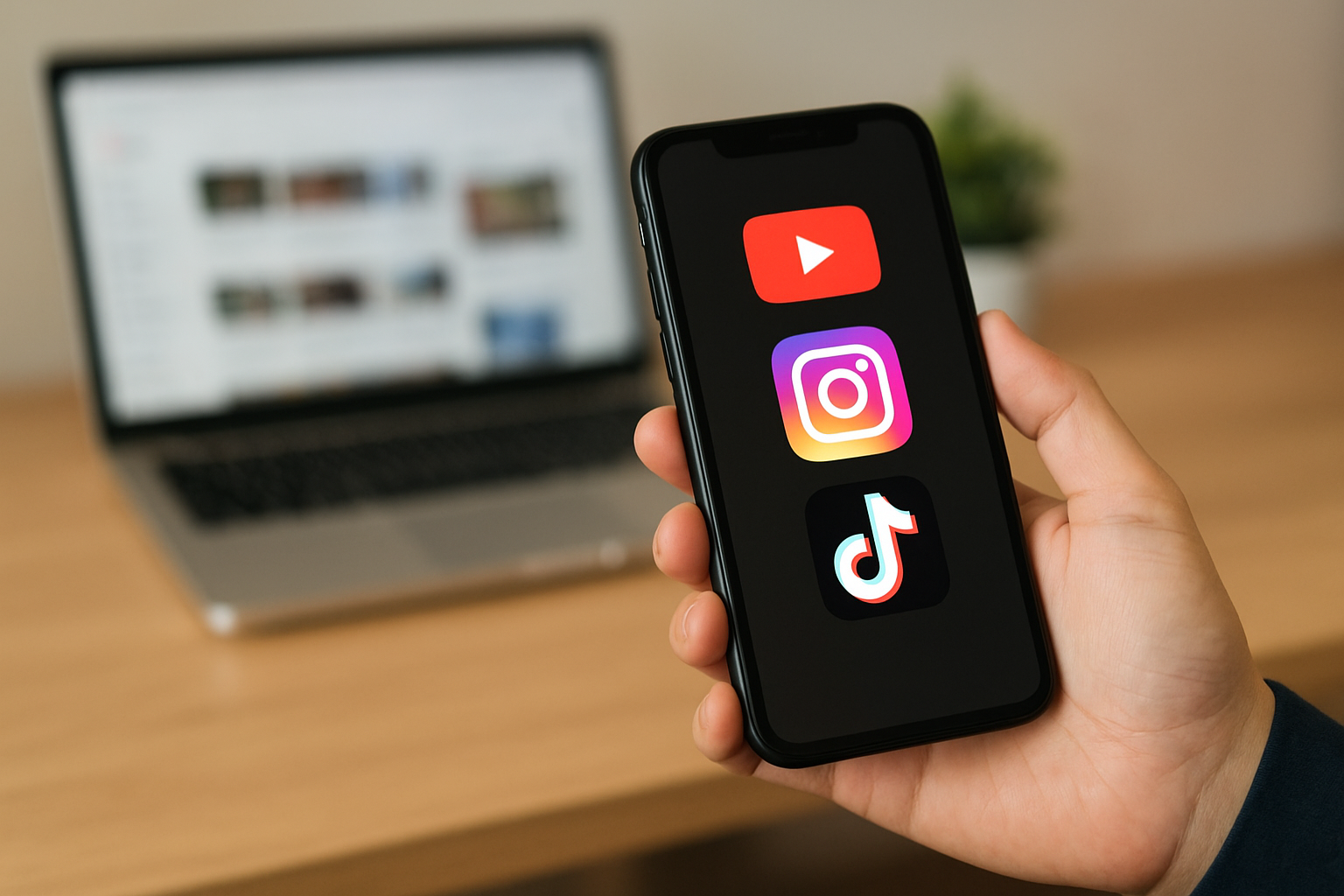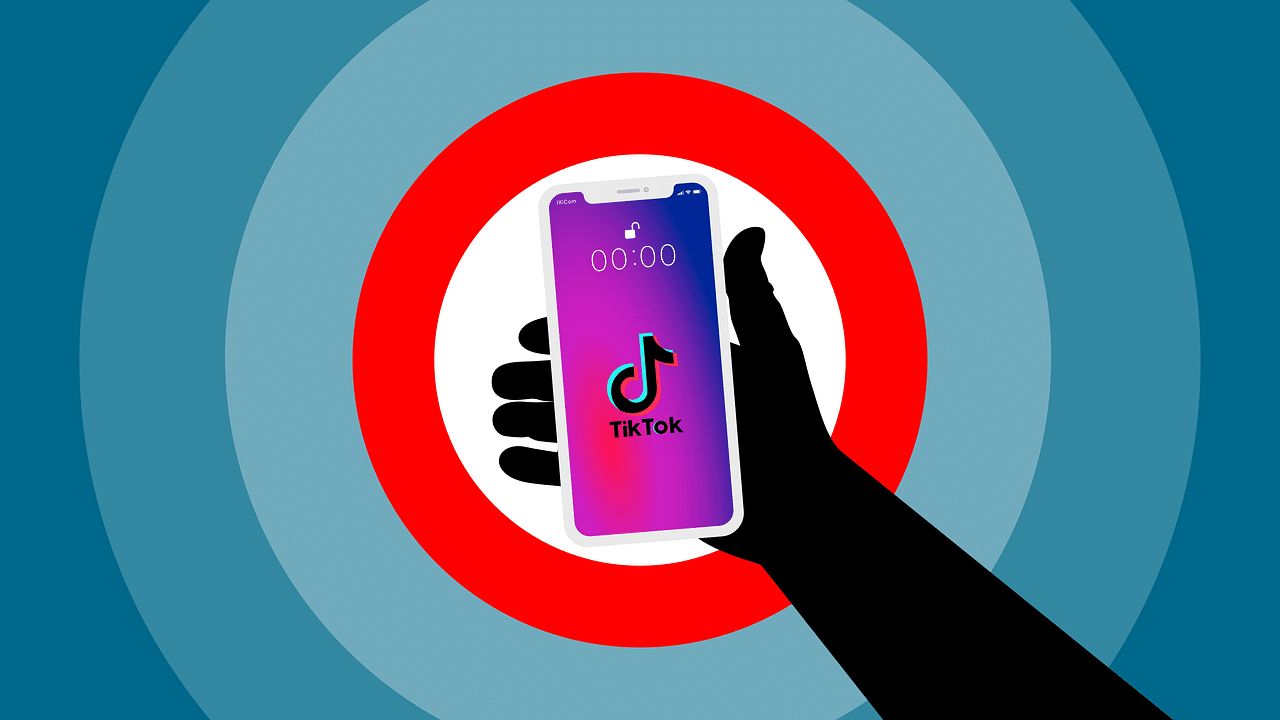Some brands explode online, while others fade away without notice. Discover the real reasons behind brand virality and how businesses turn buzz into lasting success.
Every week, a new brand becomes the talk of the internet. Maybe it’s a coffee shop whose funny TikTok pulls in millions of views. Maybe it’s a small product that suddenly sells out after being featured in a viral Instagram post. From the outside, it looks like magic, a lucky break that could happen to anyone.
But the truth is, brand virality is rarely a complete accident. It’s a mix of timing, personality, emotional pull, and a deep understanding of how people share content. Some brands have cracked the code, while others keep posting into the void. Understanding the difference is key if you want your business to have a fighting chance online.
1. A Strong, Memorable Identity
The first thing viral brand examples have in common is a clear and unique identity. You know who they are in seconds. Their tone, visuals, and personality are so distinct that even if you stripped the logo away, you’d still recognize their style.
Duolingo is a perfect case. Its green owl mascot has become a meme machine, popping up in playful, sometimes absurd videos that people can’t resist sharing. The brand didn’t spend millions on ads — it simply leaned into a personality that people found entertaining and consistent.
If your brand’s identity is bland, forgettable, or inconsistent, it’s much harder to stand out in a crowded feed.
2. Emotional Connection Drives Shares
People share what makes them feel something. It doesn’t have to be joy — it could be surprise, nostalgia, outrage, or even curiosity. Viral marketing success stories almost always hit an emotional chord.
Think back to Oreo’s famous “You can still dunk in the dark” tweet during the 2013 Super Bowl blackout. It was timely, witty, and made people smile during an unexpected moment. That emotional spark was enough to make thousands share it instantly.
If you want to go viral online, ask yourself: what will your audience feel when they see this?
3. Riding the Right Trends at the Right Time
In the world of social media virality factors, timing is everything. Many brands go viral because they jump on a trend while it’s still fresh. Waiting even a week can kill momentum.
When the internet argued over whether a certain dress was blue and black or white and gold, dozens of brands joined in. Some failed because they forced the connection. Others nailed it by tying the debate to their products in a clever way. The difference came down to timing, creativity, and authenticity.
The key is to only join trends that actually make sense for your brand’s personality and audience.
4. Shareability Is Built In
If something is hard to share, it won’t spread. Brands that go viral understand how people consume and repost content. They make things short, punchy, and easy to pass along without extra effort.
Memes, short videos, GIFs, and relatable quotes all thrive because they’re easy to grab and post. The easier you make it, the more likely people will spread it for you.
5. Turning Buzz into a Community
Going viral in business means nothing if the attention dies in a week. The most successful brands don’t just enjoy the spike in traffic — they use it to build a loyal following.
That means replying to comments, reposting user-generated content, and making fans feel like they’re part of the story. This shift from “audience” to “community” is what keeps the conversation going long after the viral moment ends.
Why Some Brands Fail to Go Viral
Plenty of businesses fail at brand virality because they play it too safe or try too hard. Playing safe means posting generic content that blends in with a hundred others. Trying too hard means chasing every trend without thinking about whether it fits your brand voice.
Another reason is poor timing. Some brands spend months perfecting a campaign that was relevant when it was first planned but feels outdated by the time it’s released. In the fast-moving digital world, speed often beats perfection.
Finally, some brands fail because they think going viral online is the end goal. In reality, it’s just the start. Without a plan to keep that attention, even the biggest viral moment fades quickly.
The Psychology Behind Viral Brands
Human brains are wired to notice novelty, emotion, and social proof. Viral brand examples tap into these instincts. Something that feels fresh and unexpected catches our attention. When it makes us feel something, we want to share it. And when we see lots of other people engaging with it, we feel more inclined to join in.
This is why so many viral hits have a chain reaction effect — the more people see others sharing it, the more they want to share it themselves.
How to Create Your Own Viral Moment
You can’t guarantee virality, but you can improve your odds. Here’s a simple framework:
- Know your brand personality – Be clear about your tone, style, and message.
- Watch cultural trends – Keep an eye on what’s happening online and be ready to act.
- Create for emotion – Make content that surprises, entertains, or inspires.
- Make it easy to share – Short, visual, and mobile-friendly works best.
- Have a follow-up plan – Use the first wave of attention to grow a long-term audience.
Final Takeaway
Going viral isn’t just about luck. It’s about knowing your identity, understanding human behavior, and being quick enough to ride the right wave at the right time. While not every post will explode, consistently applying these principles increases the chances that when the spotlight does land on your brand, you’re ready to turn that moment into lasting success.
The brands that win don’t just chase virality — they prepare for it. Because when the internet finally looks your way, you have only a small window to turn that attention into something that lasts.




